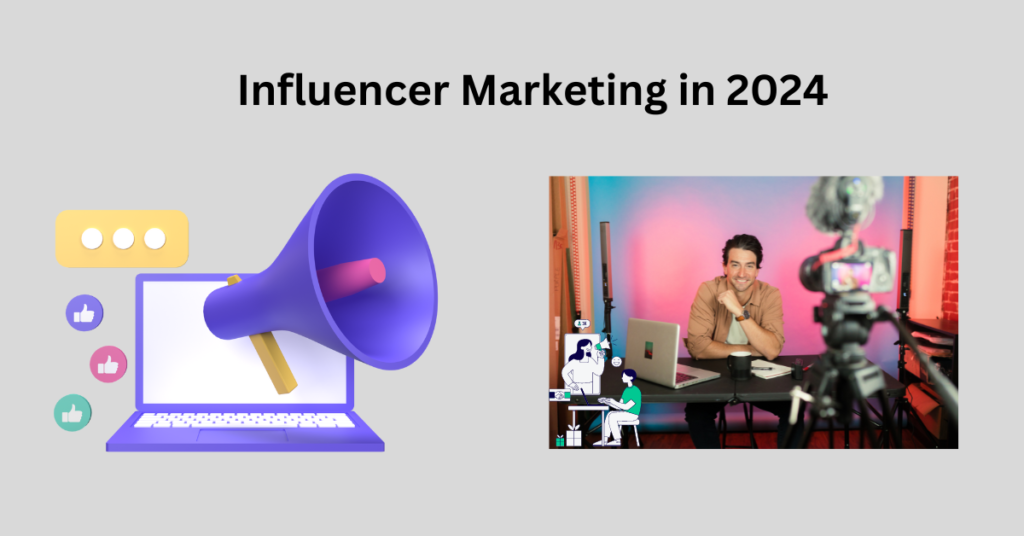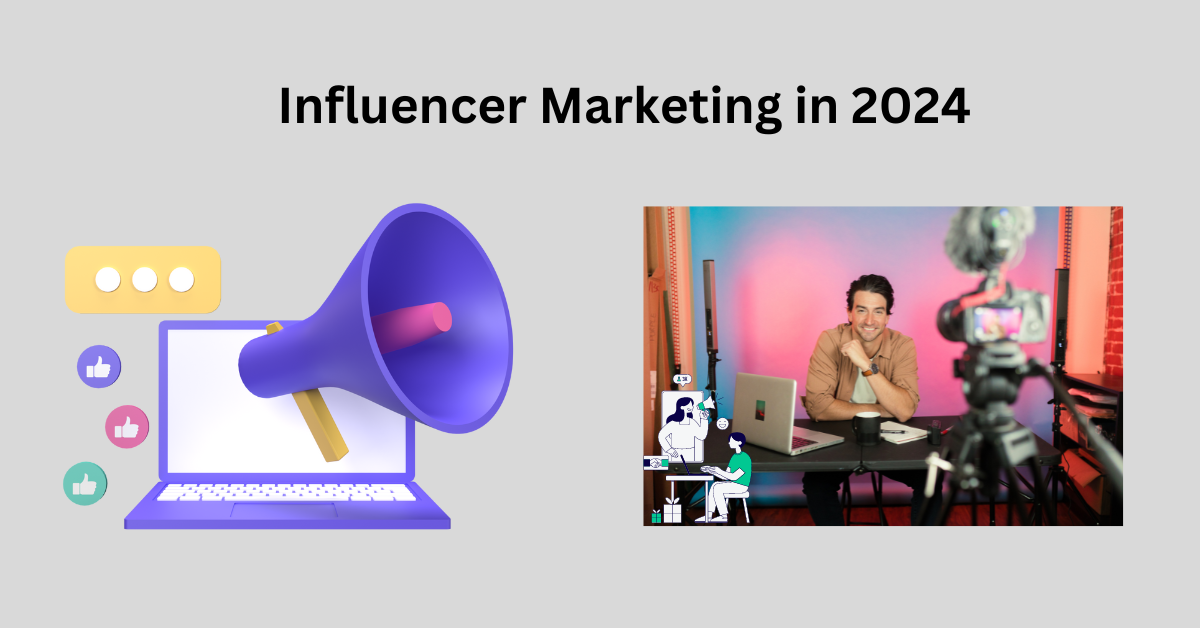Table of Content
- What is Influencer Marketing?
- The Evolution of Influencer Marketing in 2024
- Types of Influencers and Collaborations
- The Role of Content in Influencer Collaborations
- Challenges and Best Practices in 2024
- Conclusion
What is Influencer Marketing?
Moreover, Influencers typically have a loyal following on social media platforms, and they leverage this relationship to share authentic content that resonates with their audience. These influencers can range from micro-influencers with niche, engaged communities to mega-influencers and celebrities with millions of followers.
The core strength of influencer marketing lies in its authenticity. Unlike traditional advertising, where brands talk directly to consumers, influencers act as trusted intermediaries. Their followers often view them as relatable, and their endorsements can feel more genuine than standard ads. This is why many brands, from fashion to tech and even B2B companies, are investing heavily in influencer partnerships.

The Evolution of Influencer Marketing in 2024
In 2024, influencer marketing has moved beyond merely sending free products to social media personalities in exchange for a post. Today, it’s a sophisticated field driven by data, long-term partnerships, and tailored content strategies.
Influencer marketing has experienced significant growth over the past decade, evolving from a niche strategy to a dominant force in digital marketing. Moreover, the landscape continues to shift, driven by new technologies, changing consumer preferences, and the increasing demand for authenticity in brand collaborations. Let’s explore the key developments shaping the evolution of influencer marketing this year.
Data-Driven Campaigns
Moreover, One of the biggest changes is the shift towards data-driven influencer marketing. Brands are using advanced analytics to track the performance of influencer campaigns, measure engagement, and understand ROI.
Tools like influencer management platforms allow brands to analyse metrics such as follower growth, engagement rates, and audience demographics before committing to collaborations.
Micro-Influencers Take the Lead
While celebrities and mega-influencers still hold sway, the rise of micro-influencers (those with 10,000–100,000 followers) has become increasingly important. These influencers often have niche audiences and more intimate relationships with their followers, leading to higher engagement rates.
Their recommendations tend to feel more authentic, which can drive better results for certain brands. In fact, many brands are opting to work with multiple micro-influencers instead of a single mega-influencer, as this strategy can yield a higher return on investment.
Long-Term Partnerships Over One-Off Campaigns
Moreover, In the past, brands often worked with influencers on one-time campaigns. However, the trend is now shifting towards long-term partnerships. These collaborations build a deeper connection between the brand, the influencer, and their audience.
A sustained partnership allows influencers to integrate the brand more naturally into their content, making endorsements feel more authentic over time. This can lead to greater trust from the audience and stronger results for the brand.
Types of Influencers and Collaborations
There are various types of influencers, categorised by their reach and niche, which dictate the kind of collaboration a brand might pursue.
Micro-Influencers (10K–100K followers)
Micro-influencers often specialise in a particular field, such as fitness, beauty, or travel. Moreover, Their followers typically share common interests, making micro-influencers valuable for brands looking to target specific audience segments.
Macro-Influencers (100K–1M followers)
Macro-influencers have large followings, often spanning across different demographics. They are effective for broad campaigns that aim to increase brand visibility and reach a larger audience.
Celebrity Influencers (1M+ followers)
These influencers, often celebrities or high-profile personalities, can create massive awareness for a brand. However, their endorsements may come at a high cost and can sometimes lack the personal connection that smaller influencers offer.
The Role of Content in Influencer Collaborations
Successful influencer marketing campaigns rely heavily on content. Influencers often have creative freedom in how they present a brand’s product, allowing them to craft content that feels natural to their personal style.
Sponsored Posts
Moreover, The most common form of influencer marketing, where influencers create content featuring the brand’s product and share it on their platforms. Moreover, The post typically includes the influencer’s thoughts or a demonstration of the product, along with a branded hashtag or call to action.
Product Reviews and Unboxings
Moreover, In-depth product reviews or unboxing videos allow influencers to demonstrate a product’s features in a detailed and engaging way. This is particularly effective for tech products, beauty items, or any product that benefits from a hands-on demonstration.
Giveaways and Contests
Brands often collaborate with influencers to host giveaways or contests, encouraging audience participation. These campaigns can quickly generate buzz and increase follower engagement.
Affiliate Marketing
Influencers use affiliate links or discount codes, allowing their audience to purchase products directly from the brand. In return, the influencer earns a commission for each sale, making it a win-win collaboration.
Challenges and Best Practices in 2024
Moreover, Despite its growing popularity, influencer marketing is not without its challenges. Ensuring authenticity remains a key concern for both brands and audiences. Audiences can quickly lose trust in influencers who promote too many brands or do so without genuine enthusiasm. This has led brands to focus on building more authentic collaborations where the influencer genuinely believes in the product.
Compliance with regulations
Moreover, such as FTC guidelines, is another major consideration. Moreover,Influencers are required to disclose sponsored content to ensure transparency with their followers. Moreover,Brands and influencers must navigate these regulations carefully to avoid legal issues and maintain audience trust.
Conclusion
Influencer marketing and brand collaborations have become indispensable tools for modern marketing strategies. As brands continue to adapt to new technologies and audience expectations, 2024 marks a year where data, long-term relationships, and authenticity drive successful influencer partnerships. By choosing the right influencers, fostering genuine connections, and leveraging engaging content, brands can tap into the vast potential of influencer marketing to reach new audiences and strengthen their brand presence.


Leave a Reply